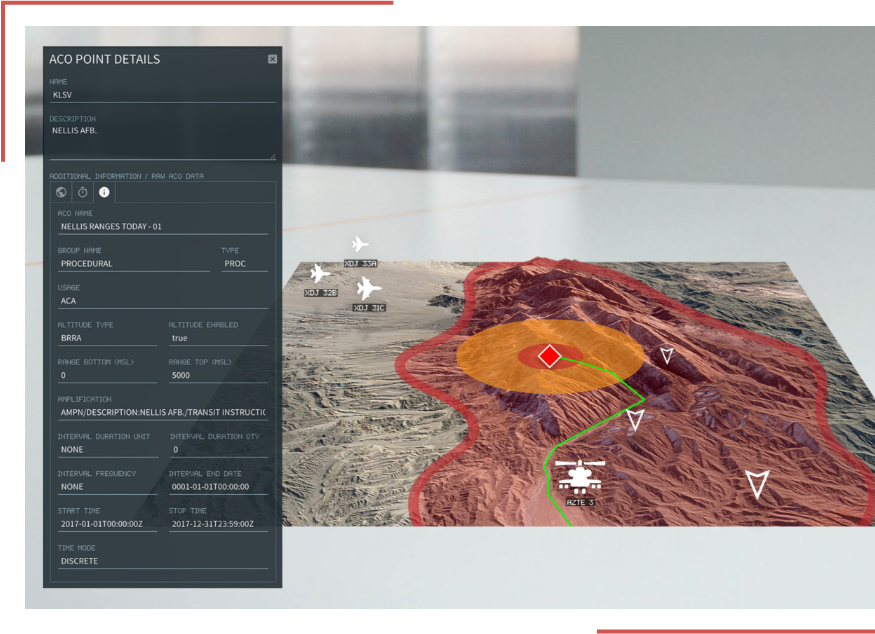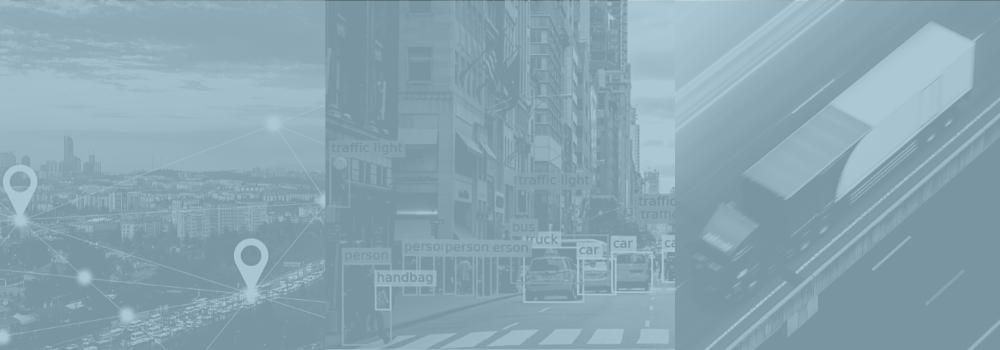Data engineering | artificial intelligence | machine learning
The world isn’t made of 1’s and 0’s (unless you subscribe to the theory that we’re living in a simulation a la The Matrix, in which case, who hurt you?).
Because the reality around us is (most likely) not composed of digital code, this poses a problem if you want to embark on any kind of machine learning initiative that relies upon real-world visuals. You need a way of taking visual, audio, and maybe even olfactory data and converting all of that information into a language that a computer program could understand.
That’s where computer vision comes in. At its heart, computer vision is a means of feeding imagery, either still photos or videos, into a computer program and having that program understand what it’s “seeing.” The endgame of this discipline is to have a computer be able to fully interpret all visual inputs at all times the same way that the brain interprets the images fed to it by the human eyeball.
We’re not all the way there yet, but thanks to advances in the field, we’re getting closer and closer, with machines increasingly able to understand all sorts of visual data and recreate facsimiles of that same data.
Where You’ve Seen Computer Vision at Work in the Real World
Have you ever seen a deep fake, i.e. a computer-created version of a real person, typically someone who is famous? That was made possible due to computer vision learning what a person looks like and extrapolating outward to recreate what it saw.
When you check out an online shopping cart, have you ever been prompted to select all image blocks with a traffic light or a bicycle? Those are there to prevent artificial intelligence programs from gaming the checkout system, and these Recaptchas and modern-day Turing tests have been forced to grow increasingly complex in order to keep up with advances in the field of computer vision.
So now you know what computer vision is. But why computer vision? What can it do for your business? Are there concrete benefits to be had? Let’s break it down in more detail so you have a greater understanding of computer vision and how it can be deployed realistically for your organization.

Is Computer Vision AI?
Computer vision is a component of artificial intelligence (AI). Think of it as the processing portion of artificial intelligence operations, but not the extrapolation portion, similar to how your eye captures images but your brain decides what to do with that visual information.
The field of computer vision is all about the conversion of real-world data into digital information. It requires a machine learning application to follow up on that data with insights and subsequent actions. The combination of these two together could then constitute artificial intelligence.
The lines can get somewhat blurry depending on the specific application, but for all intents and purposes, this is the best way to think of computer vision and its relation to AI.
Computer Vision Uses
If you have an application or service that exists exclusively on the internet, you may not need computer vision. Every insight you need into how an individual interacts with your product, because it already occurs digitally, can be recorded and easily catalogued by an algorithm. There’s no need for a conversion process, because the data was already code to begin with.
But for organizations whose products, services and business units aren’t entirely reliant on the digital realm to begin with, an opportunity to harness computer vision exists. Let’s take a look at a few real-world examples.
Many organizations use computer vision to supplement and enhance the capabilities of users. For a great example of this, look no further than the United States Armed Forces. In both peacetime and wartime scenarios, leadership across every branch of the military is reliant on real-time data in order to produce the best strategy, deploy units in an optimal manner, and ensure the success of the mission.
Geospatial data is constantly incoming, and the movement of troops, resources and enemy units is always in flux. It becomes nearly impossible for an individual to carefully analyze everything as it happens. Computer vision and machine learning that takes in that visual data and processes it based on historic trends can assist analysts and leaders in making the right call based on the information at hand.
The Guardian program, developed for the Department of Defense, is a great example of this; by uniting data from multiple platforms in real time, and marrying that with an intuitive user interface, critical information about the environment is processed and surfaced as needed, helping remotely piloted aircraft operators in their decision-making process and flight maneuvers.

Computer vision also has many commercial, non-governmental purposes as well. Take healthcare imaging for example. At any given time, a health system may be responsible for capturing X-rays, MRI scans, ultrasound images, photos of disease progression, and more.
When you apply the possibilities of computer vision to these myriad images, you can teach an application to spot potential signs of illness or adversity. It’s in this way that machine learning can aid in a physician’s diagnosis, identifying problem areas for further analysis and speeding up the time it takes to develop a care plan. In healthcare, these minutes and hours saved can literally be the difference between life and death.
Hopefully you can start to see the possibilities no matter your industry:
- Agtech: With a top-down view of crop growth, it’s possible to optimize watering patterns and pinpoint the precise moment for an ideal harvest.
- Logistics: A live view of traffic patterns, complete with real-time updates about construction and weather, can provide the intelligence necessary to optimize routes, reduce fuel consumption and maximize overall efficiency and revenue.
- Retail: Applications can be taught to identify areas of a store receiving less foot traffic and sales, helping you to redesign layout and improve throughput
The list goes on and on. The truth is, there isn’t a single industry that hasn’t been touched by computer vision in some way, and it’s only going to become more ubiquitous in the future.
2022 Vision
Why computer vision? Because it has the potential to reshape the way business is conducted, to create efficiencies that would have been impossible based on human analysis alone.
That’s an exciting place to be in for businesses and governmental organizations. We’re only just starting to see where computer vision will take us, and the future is being written as we speak.
An image is worth a thousand words, but now, 1,000 images are being turned into digital words and revolutionizing entire industries.
Contact Aviture to learn how computer vision can be put to work for your organization.




